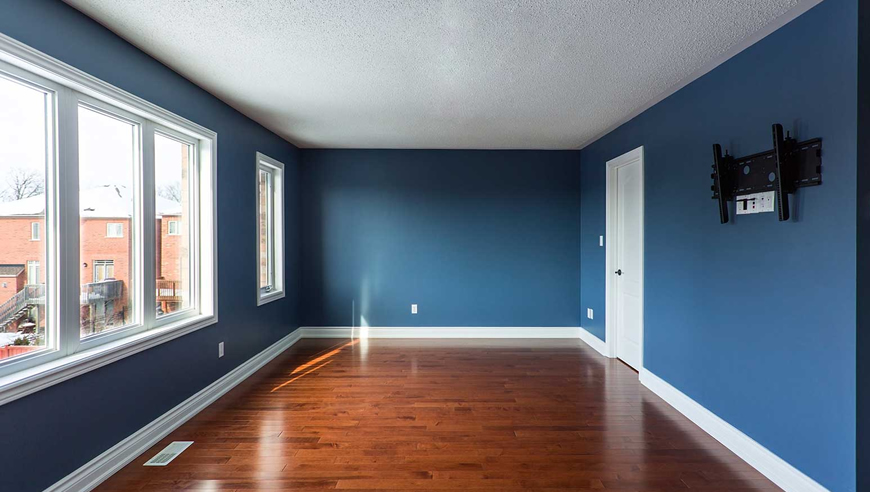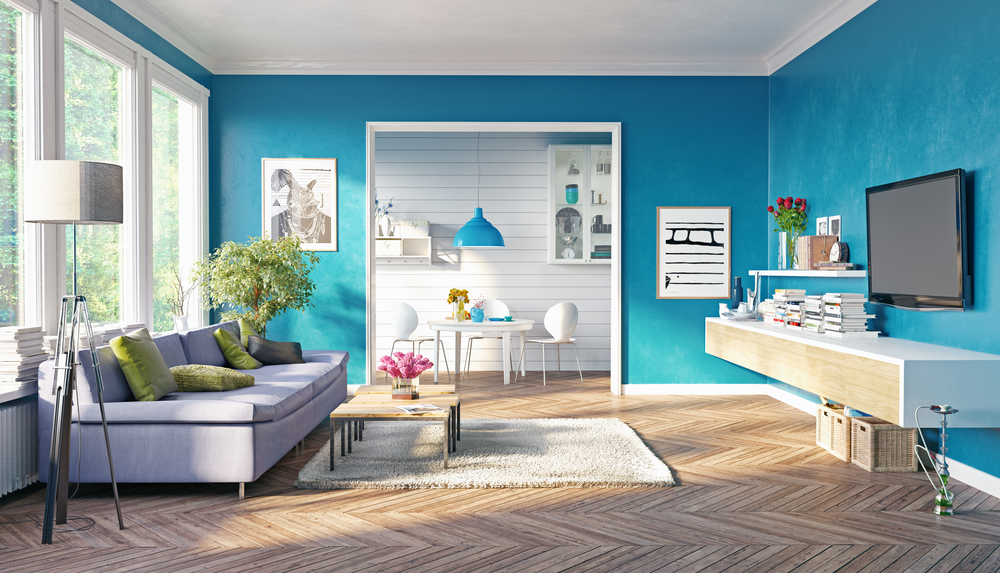Professional Color Consultation in Lakewood for Stunning Home Design
Professional Color Consultation in Lakewood for Stunning Home Design
Blog Article
Enhance Your Interior Decoration With Comprehensive Shade Assessment
The assimilation of color consultation right into interior style provides a special chance to refine and elevate the visual and psychological vibration of an area. By engaging with a seasoned shade consultant, you can navigate the complexities of color option, guaranteeing that your selections not just complement building attributes but likewise resonate with individual design and mental effect. This tactical collaboration can considerably influence the general ambience of your environment, promoting a sense of harmony and objective. Understanding the subtleties of this procedure is important-- what key elements should be thought about to attain optimal outcomes?
Advantages of Shade Assessment

Moreover, color appointment aids in maximizing all-natural light and maximizing spatial assumption. Lighter colors can make an area show up even more extensive, while darker shades produce an intimate setup. Cleveland Metro Painting Specialists. This calculated application of shade can substantially affect the general ambiance of any type of indoor area
In addition, expert specialists have a thorough understanding of timeless standards and current patterns, ensuring that the picked colors will remain enticing over time. This insight can save customers from pricey redesigns in the future. Lastly, shade examination equips clients by offering them with a clear vision and direction, fostering self-confidence in their design choices and eventually causing a much more gratifying and successful interior decoration result.
Understanding Color Psychology
The importance of color psychology in indoor design can not be overstated, as it dives into the emotional and emotional impacts that various tones can evoke in people. Colors can affect mood, behavior, and also performance, making them a crucial consideration in any style job.
For example, cozy shades such as red, orange, and yellow are often related to power and warmth. They can stimulate feelings of exhilaration and convenience, making them ideal for social areas like living kitchens or spaces. Alternatively, trendy colors like blue, environment-friendly, and purple tend to stimulate peace and peace, making them excellent for rooms or meditation areas.
Furthermore, making use of neutral tones can produce a well balanced atmosphere by enabling the bolder shades to stick out without frustrating the detects. Understanding these mental impacts makes it possible for designers to develop spaces that not only look aesthetically pleasing however likewise promote emotional wellness.
Incorporating shade psychology into interior decoration entails a thoughtful selection of hues customized to the intended function of each room, ultimately enhancing the general experience for its occupants. This recognition is critical for accomplishing a unified and practical indoor environment.
The Shade Wheel Described
Understanding the relationships between shades is crucial for effective interior layout, and the shade wheel works as a valuable device in this procedure. The color wheel, created by Isaac Newton in the 17th century, illustrates the range of colors prepared in a round style. It consists of main shades-- red, blue, and yellow-- that can not be created by mixing various other shades. Additional colors, developed by combining find more information primaries, consist of eco-friendly, orange, and purple. Tertiary colors result from blending a primary and an additional color, leading to tones such as turquoise and red-orange.
The shade wheel helps developers grasp the relationships in between colors, including complementary, analogous, and triadic systems. Complementary shades, located opposite each various other on the wheel, create vibrant contrasts that can stimulate an area. Analogous shades, situated alongside each other, provide a harmonious and natural look. Triadic schemes utilize three equally spaced colors, using balance and visual interest.
Making use of the color wheel in interior layout not only improves visual appeal but likewise evokes details emotions and atmospheres, making it a crucial recommendation for color assessment. Recognizing these partnerships eventually equips developers to develop spaces that are both visually captivating and functional.
Selecting the Right Palette
An appropriate color system can link a space, improve its attributes, and evoke preferred feelings. Various rooms serve diverse functions and need palettes that mirror their designated usage; for circumstances, relaxing colors such as soft blues or eco-friendlies work well in bed rooms, promoting leisure.
Light can significantly modify exactly how colors show up, so it is crucial to examine the room at different times of the day. A harmonious combination ought to complement these functions, creating a natural look throughout the space.
When choosing colors, utilize the 60-30-10 regulation, which recommends that 60% of the room must be a leading color, 30% a secondary shade, and 10% an accent shade. This ratio makes certain balance and aesthetic passion (Cleveland Metro Painting Specialists). Sample shades on the walls before devoting, as this enables you to see exactly how the shades engage with one another and the general atmosphere they create in your interior layout project.
Collaborating With a Color Consultant

When dealing with a shade consultant, the process generally begins with an initial examination. Throughout this conference, you'll discuss your vision, preferences, and the existing why not try these out aspects in your area. The expert will certainly assess your demands and might advise particular color palettes that straighten with your goals.
After developing a direction, the professional will certainly supply samples and visual help to help you imagine the recommended color pattern. This action is critical, as shades can show up in different ways under varying illumination conditions.
Additionally, a shade professional can direct you in picking complementary home furnishings, artwork, and devices to balance with your chosen palette. By teaming up closely, you can achieve a polished visual that boosts your interiors and produces a welcoming atmosphere. Eventually, the know-how of a color specialist can substantially improve the general effect of your layout task.
Verdict
In recap, thorough shade appointment serves as a vital device for enhancing indoor layout. By leveraging expert knowledge of shade psychology and spatial dynamics, a customized shade palette can be created to evoke specific feelings and produce a harmonious environment.
By engaging with a seasoned shade expert, you can browse the intricacies of shade choice, making certain that your choices not just complement architectural functions yet also reverberate with personal style and psychological impact. It makes up main colors-- red, blue, and yellow-- that can not be developed by mixing other shades.The color wheel assists developers realize the relationships between colors, consisting of corresponding, comparable, and triadic plans.When selecting colors, make use of the 60-30-10 policy, which recommends that 60% of the area ought to be a dominant color, 30% an additional shade, and 10% an accent color. By leveraging specialist knowledge of color psychology and spatial characteristics, a tailored shade scheme can be developed to stimulate certain feelings and develop a harmonious setting.
Report this page